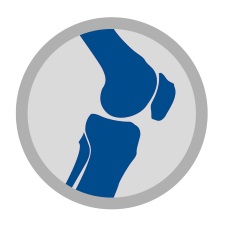Are manual therapy or booster sessions worthwhile in addition to exercise therapy for knee osteoarthritis: Economic evaluation and 2-year follow-up of a randomized controlled trial
Musculoskeletal Science and Practice
Background Exercise therapy is known to be an effective intervention for patients with osteoarthritis, however the evidence is limited as to whether adding manual therapy or booster sessions are cost-effective strategies to extend the duration of benefits.
Objective To investigate the cost-effectiveness, at 2-year follow-up, of adding manual therapy and/or booster sessions to exercise therapy.
Design 2-by-2 factorial randomized controlled trial.
Methods Participants with knee osteoarthritis were randomly allocated (1:1:1:1) to: exercise therapy delivered in consecutive sessions within 9 weeks (control group), exercise therapy distributed over 1 year using booster sessions, exercise therapy plus manual therapy delivered within 9 weeks, and exercise therapy plus manual therapy with booster sessions. The primary outcome was incremental cost-effectiveness from health system and societal perspectives interpreted as incremental net monetary benefit (INMB).
Results Of 75 participants, 66 (88 %) were retained at 1-year and 40 (53 %) at 2-year follow-up. All three interventions were cost-effective from both the health system and societal perspectives (INMBs, at 0.5 × GDP/capita willingness to pay (WTP) threshold: $3278 (95%CI -3244 to 9800) and $3904 (95%CI -2823 to 10,632) respectively for booster sessions; $2941 (95%CI -3686 to 9568) and $2618 (95%CI -4005 to 9241) for manual therapy; $270 (95%CI -6139 to 6679) and $404 (95%CI -6097 to 6905) for manual therapy with booster sessions).
Conclusion Manual therapy or booster sessions in addition to exercise therapy are cost-effective at 2-year follow-up. The evidence did not support combining both booster sessions and manual therapy in addition to exercise therapy.
